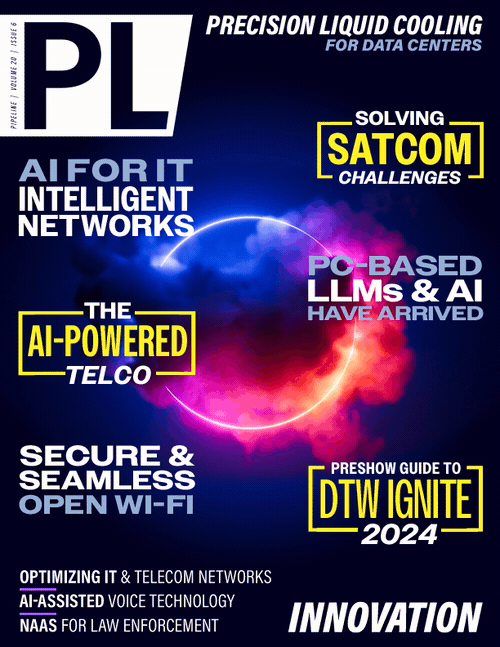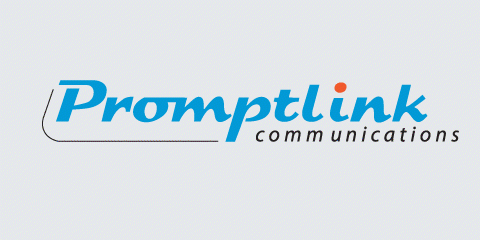Now Affordable: Managing the Tasks
You've Dreamed of in Telco/IT Networks
By: Piotr Wierzcholski, Tymoteusz Wrona

How many times have you come to the conclusion that deep analysis of the quality of service and potential problems in telecommunications/IT services could help make service delivery more efficient, flexible, better tailored to customer requirements, and less expensive for the customer and the communication services provider (CSP)? How often have you noted that the effects of failures and their impact on service delivery levels could have been avoided in a simple but, unfortunately, labor-intensive way? Why is the execution of a customer's order for a new service not carried out on the spot, and why do we not introduce services for a specific date and time, and a specific period?
The labor-intensive nature of the activities and the need for appropriately qualified employees from multiple technology domains who could implement the desired changes can cause such projects to be abandoned.
For vendor-agnostic umbrella systems, three technological phenomena needed to be in place: 1) maturity of data and command exchange standards and new control functions in telecom/IT systems; 2) the spread of function virtualization in telecommunications/IT systems to the level of operational relocation at the network element level; and 3) development of automation using artificial intelligence in the area of detection, recommendation and execution from the typical automation cycle.
CSPs naturally seek to take advantage of 5G technologies, which are expected to have a far more dynamic configuration, making diverse forms of services available, including fully automated ones within the IoT domain. CSPs are transforming from telcos to techcos as aggregators of services based on data access, with more and more non-technical factors determining the choices of potential customers. Those providers who can deliver integrated services rather than just connectivity are winning.
About Promptlink - www.promptlink.com
Promptlink Communications is an industry innovator in network noise detection and CPE testing, with 15 patents demonstrating the innovation and breakthrough technology Promptlink
has developed. One key innovation has led to solving the puzzle of localizing and repairing ingress and other types of HFC noise and impairments. Machine learning and a huge library
of labeled data is used to identify the type of noise or other impairment and sends the specific location directly to a technician, with no analysis required. Promptlink’s Network
NoiseHawkAI provides a fully-automated solution for localizing, diagnosing and repairing Upstream Noise and other impairments. NoiseHawkAI automatically localizes a point in your
network, provides instructions to find and fix the issue, and validates the fix. All steps are fully automated, using the latest AI technology to send all info straight to a
smartphone. Promptlink's patented and award-winning solution is one-of-a-kind. This is only one of many unique solutions provided by Promptlink.
A factor strongly coming to the fore is how the service provider impacts the planet with its activities. This is mainly about the financial aspect and electricity savings, but CSPs are increasingly advertising offers and influencing consumer choices by demonstrating how the source of the energy used can be planet friendly.
OSS umbrella systems have a considerable advantage over those provided by equipment vendors, as they are far more flexible, built with good knowledge of CSP needs in mind, and focused on achieving success. To achieve that success, however, they must draw on standards, interfaces, and APIs that allow them to leverage solutions for multiple vendors and more than one CSP. That's why the widespread adoption of 5G technology caused the emergence of new initiatives.
Network function virtualization is less of a concern for RAN subsystem components. Ultimately, an antenna with a transmitter must be somewhere where it will be “visible” to customer devices. Nonetheless, elements of other subsystems must also be located on sites in the immediate vicinity of 4G and 5G networks. High data rates and low latency for various services drive this necessity. It is especially required where transmission also takes place in a confined area, so it is a struggle to shorten transmission paths while freeing up the main buses to the system's core elements.
Energy consumption can be optimized in this way too, but the main reason for dynamic changes in network configuration is related to the requirements arising from peak load changing over time. The umbrella system's reconfiguration activities enable the network to dispose of existing resources flexibly without the need to keep them on standby for occasional use. Significant savings in capital expenditure (CAPEX) can be realized, and through the use of automated systems, optimization is achievable without an increase in operational expenditure (OPEX).




















